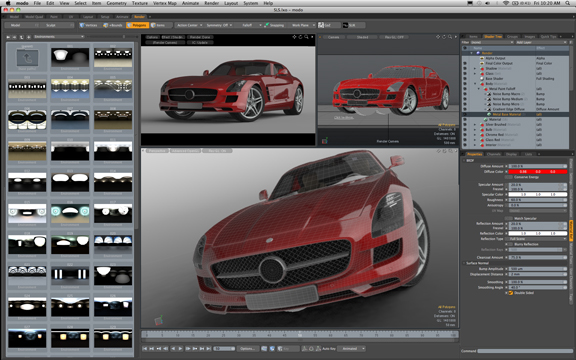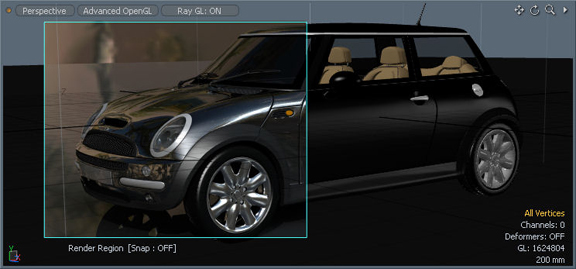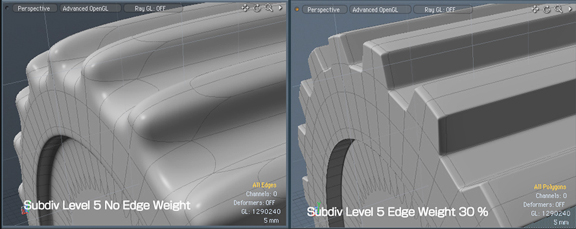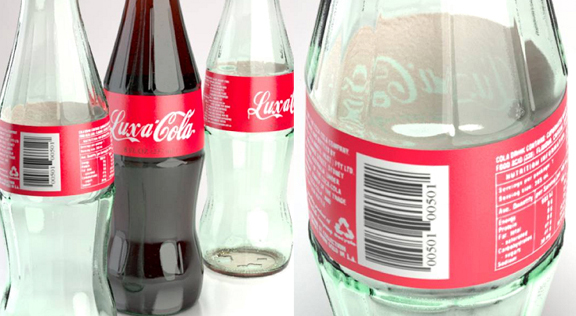Latest News
December 16, 2010



The difference in modo 401 and modo 501 may be a single digit, but if you upgrade from the former to the latter, you can expect to see 30-40 % increase in rendering speed, according to Luxology. In addition, modo 501 also promises improvements in texture baking, depth of field, bump mapping, and fur simulation.
“We’ve done a lot of research looking into speed gain in CPU versus GPU. I was hoping to find speed gains in the GPU. We don’t find that to be true immediately,” noted Brad Peebler, Luxology’s CEO, in the video launching the new release.
Many believe GPU’s parallel processing can improve rendering operations. However, R&D in this area is a territory Luxology must tread carefully; the company has an ongoing partnership with Intel to find ray-tracing optimization methods using the CPU. The speed gain in the current version comes from what Peebler describes as “a massive update to the ray-tracing acceleration structures” in its rendering engine and “memory use [optimization].”


In modo 501, you can paint textures onto your model (similar to how you might apply textures in, say, Autodesk Mudbox or Blender)—a useful method to add effects, such as rust and oxidation, in your model without additional modeling work. Consumer product artists will find the back-facing gradient feature especially useful in mimicking, say, how a product logo looks when seen from the opposite side of a transparent bottle.
The new release features Pixar subdivisional surfaces (different from modo’s standard subdivisional surfaces), which are much more effective in applying deformation to edges (called “edge weighting”). This allows you to create dramatically new look in your model (for example, rounded edges) without the need to modify its geometry.
Today, the company rolled out the new version, modo 501, available for both PC and Mac. This version marks the introduction of 64-bit Mac OS support.
For more, watch modo’s video demonstrating Pixar subdivisional surfaces.
Subscribe to our FREE magazine, FREE email newsletters or both!
Latest News
About the Author
Kenneth Wong is Digital Engineering’s resident blogger and senior editor. Email him at [email protected] or share your thoughts on this article at digitaleng.news/facebook.
Follow DE





